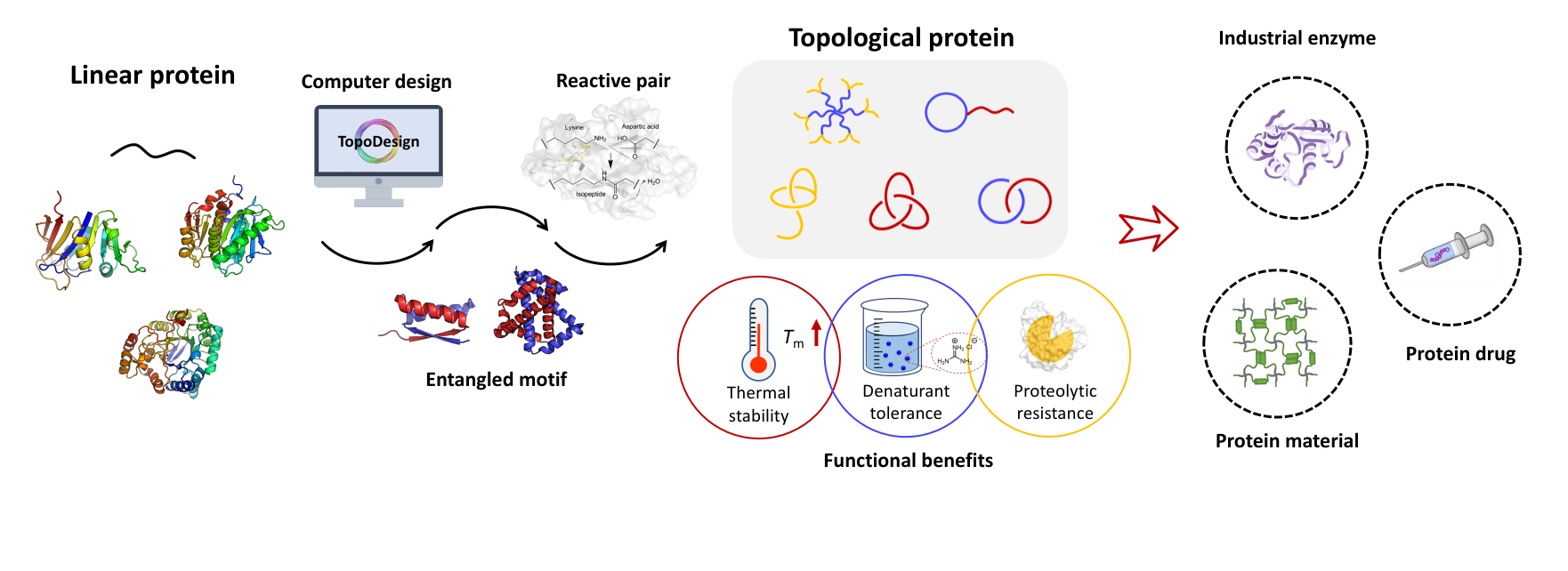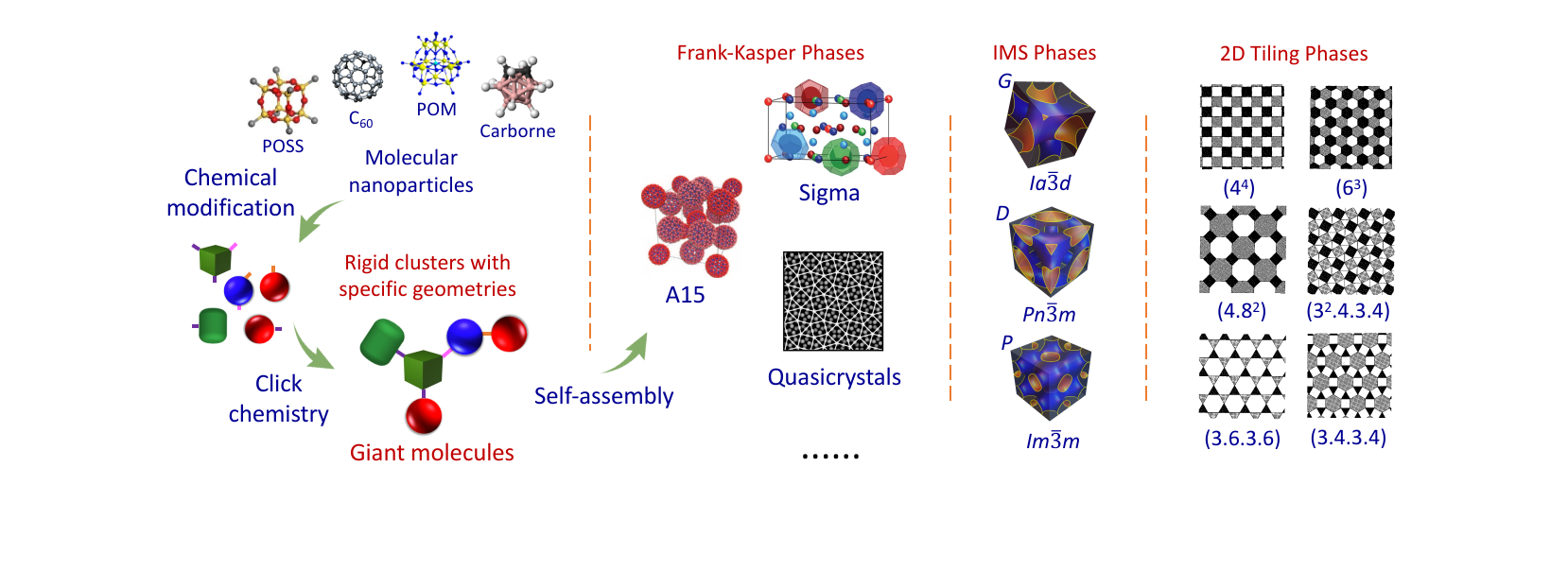箴言
----------------------------------------------
-----------------------------------------------
在科学上没有平坦的大道,只有那些不畏艰险沿着陡峭山路攀登的人,才有希望达到光辉的顶点。
----马克思
-----------------------------------------------
合作研究
------------------------------------------
请有兴趣的研究组联系我们。欢迎任何形式的合作,尤其是在自组装、水凝胶以及生物医药等方向的合作。
------------------------------------------
请有兴趣的研究组联系我们。欢迎任何形式的合作,尤其是在自组装、水凝胶以及生物医药等方向的合作。
------------------------------------------
研究成果
29. Sequential “Click” Approach to Polyhedral Oligomeric Silsesquioxane-Based Shape Amphiphiles. Macromolecules 2012, 45, 8126-8134
发布时间:2016-04-29
Yue, K.; Liu, C.; Guo, K.; Yu, X.; Huang, M.; Li, Y.; Wesdemiotis, C.; Cheng, S. Z. D.;* Zhang, W.-B.* Sequential “Click” Approach to Polyhedral Oligomeric Silsesquioxane-Based Shape Amphiphiles. Macromolecules 2012, 45, 8126-8134. [Link] [PDF]

Abstract
This paper reports a highly efficient and modular sequential “click” approach for the syntheses of shape amphiphiles based on polymer-tethered polyhedral oligomeric silsesquioxane (POSS). This approach combines both “grafting-to” and “post-functionalization” strategies. It involves the copper-catalyzed Huisgen [3 + 2] cycloaddition (CuAAC) for POSS–polymer ligation and subsequent thiol–ene addition reaction for POSS cage functionalization. Starting from a readily available POSS precursor bearing one alkyne and seven vinyl groups (VPOSS–alkyne), the CuAAC reaction is effective in ensuring the stoichiometric bonding between POSS and azide-functionalized polymers, with no need for fractionation in the purification process. The modularity was demonstrated in two representative polymer systems, hydrophobic polystyrene (PS) and hydrophilic poly(ethylene oxide) (PEO), by the synthesis of VPOSS–PS and VPOSS–PEO. The thiol–ene reaction was subsequently applied to convert all the vinyl groups on the POSS cage quantitatively into various functional groups, including carboxylic acids, hydroxyls, and alkyls, thereby introducing amphiphilicity to drive self-assembly. Such shape amphiphiles are novel model systems for the study of their self-assembly behaviors, hierarchal structure formation, and functional properties in both the solution and bulk states. Aiming to fulfill the “click” philosophy, the sequential “click” approach described here is robust and efficient for rapid construction of functional shape amphiphiles with complex structures and diverse molecular architectures.





